UniBelt is a leading manufacturer and supplier of high-quality conveyor belts for various industries. At Rubber Conveyor Belt, we specialize in the production of rubber conveyor belts that are used in bulk material handling and transportation. Our conveyor belts are made from high-grade rubber materials which are known for their durability, strength, and flexibility. We mainly produce light conveyor belts, rubber conveyor belts, PU synchronous belts, rubber synchronous belts, rubber V-belts, plane transmission belts, etc.
Our conveyor belts are suitable for a variety of applications, including mining, cement, steel, agriculture, and food processing industries. We also provide special belts that are resistant to heat, oil, chemicals, and abrasion, making them ideal for use in extreme conditions. Our belts are designed to provide smooth and efficient transportation of materials, reducing downtime and increasing productivity for our customers.
Our commitment to quality is reflected in every stage of our production process. We have a team of experienced engineers and technicians who monitor the quality of our products to ensure they meet the highest standards. We also use advanced technology and modern machinery in our manufacturing process to ensure precision and consistency.
At Rubber Conveyor Belt, we place a strong emphasis on customer satisfaction. Our team of dedicated professionals is always ready to assist our clients with their conveyor belt needs. We provide excellent after-sales service and support to ensure our customers have a hassle-free experience with our products.
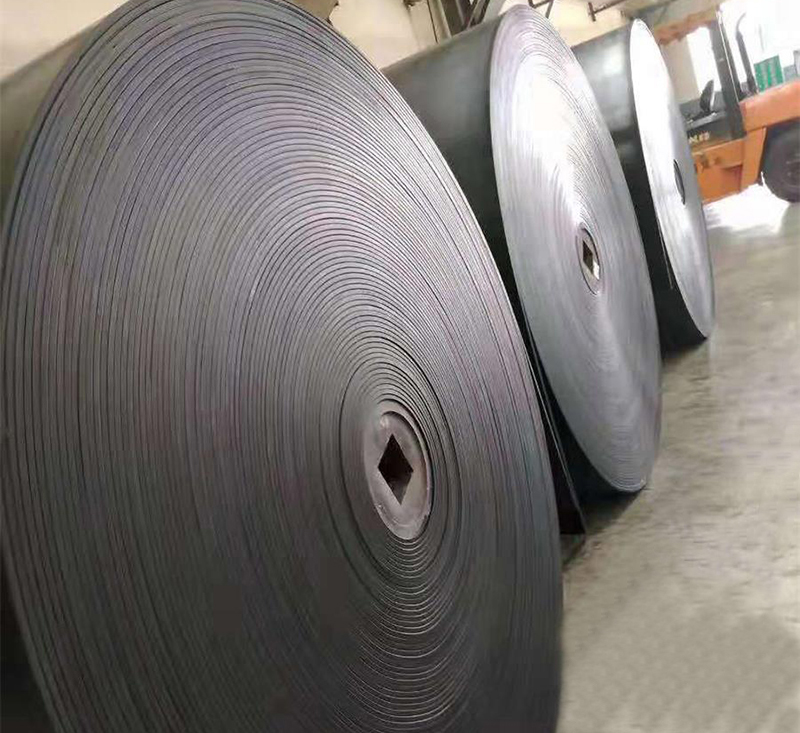
Rubber Conveyor Belt is a type of material handling equipment designed for the efficient and safe transportation of goods. This durable product is made from high-quality rubber and is commonly used in various industries such as mining, agriculture, and logistics. Its design consists of a continuous loop of rubber that is supported by rollers and is powered by a motor, allowing for continuous movement of goods along the desired path. The rubber material offers excellent friction and grip, ensuring smooth and reliable transport without slipping or damaging the goods. With its strong and flexible nature, Rubber Conveyor Belt is capable of handling heavy loads and can withstand harsh working conditions, making it a reliable and essential component in any modern production process. Invest in Rubber Conveyor Belt today and experience its superior performance, improved efficiency, and cost-effectiveness.
The Rubber Conveyor Belt is a type of conveyor belt made from rubber materials. It is commonly used in various industries for the transportation of goods and materials. This durable and flexible product is designed to efficiently move heavy loads over long distances. The rubber material used in the production of these belts offers excellent grip, allowing for efficient and smooth movement of items. With its high tensile strength and resistance to abrasion and impact, this conveyor belt is ideal for use in industries such as mining, construction, and manufacturing. Its flexibility and adaptability make it suitable for use in a variety of environments, both indoors and outdoors. With its high performance and reliability, the Rubber Conveyor Belt is a popular choice for businesses looking for an efficient and reliable solution for their transportation needs.
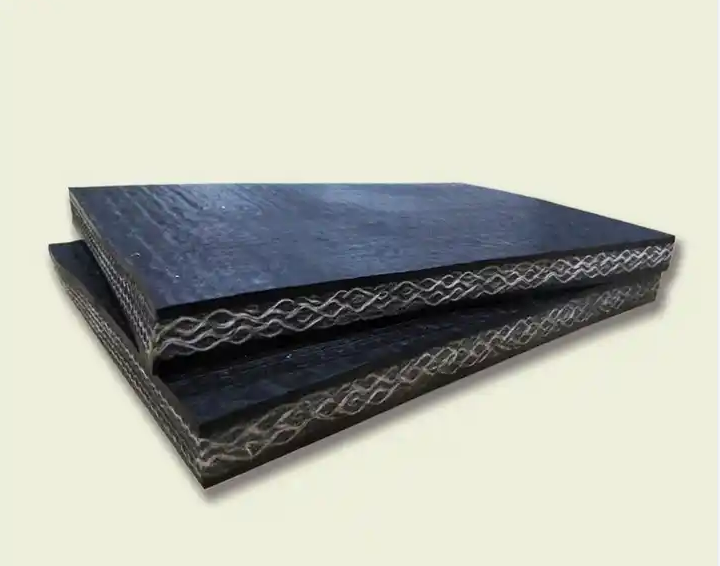
Rubber Conveyor Belt. It is commonly used in the transportation and material handling industry for its high strength, durability and flexibility. Our product is made from top quality rubber material, ensuring its superior performance and longevity. Designed with precision and care, it provides efficient and smooth movement of materials, saving time and labor costs. With various sizes and specifications available, our Rubber Conveyor Belt is suitable for diverse applications such as mining, agriculture, and manufacturing. Trust in our reliable product and let it be your ultimate solution for all your conveyor belt needs.
1.What is the minimum maintenance required for a rubber conveyor belt?
The minimum maintenance required for a rubber conveyor belt includes regular cleaning, inspection, and lubrication. It is also important to check for any signs of wear and tear, such as cracks or tears, and replace any damaged parts as needed. Additionally, the tension of the belt should be checked regularly to ensure proper functioning. It is also recommended to keep the belt free from any debris or foreign objects that could cause damage. Overall, regular maintenance and proper care can help extend the lifespan of a rubber conveyor belt.
2.What factors determine the lifespan of a rubber conveyor belt?
1. Material Quality: The quality of the rubber used in the conveyor belt is a major factor in determining its lifespan. High-quality rubber with good resistance to wear and tear, heat, and chemicals will have a longer lifespan compared to lower quality rubber. 2. Operating Conditions: The operating conditions of the conveyor belt, such as temperature, humidity, and exposure to chemicals, can greatly affect its lifespan. Extreme temperatures, high humidity, and exposure to corrosive chemicals can cause the rubber to deteriorate faster, reducing the lifespan of the belt. 3. Load and Speed: The load and speed at which the conveyor belt operates also play a significant role in its lifespan. Higher loads and speeds can cause more wear and tear on the belt, leading to a shorter lifespan. 4. Maintenance: Regular maintenance and proper care can significantly extend the lifespan of a conveyor belt. This includes cleaning, lubrication, and timely replacement of worn-out parts. 5. Belt Design: The design of the conveyor belt, including its width, thickness, and type of reinforcement, can affect its lifespan. A thicker and wider belt with strong reinforcement will have a longer lifespan compared to a thinner and narrower belt. 6. Belt Tension: Proper tensioning of the conveyor belt is crucial for its lifespan. Over-tensioning can cause excessive wear and tear, while under-tensioning can lead to slippage and premature failure. 7. Environmental Factors: Environmental factors such as exposure to sunlight, ozone, and UV radiation can also affect the lifespan of a rubber conveyor belt. These factors can cause the rubber to degrade and become brittle, leading to cracks and tears. 8. Frequency of Use: The frequency at which the conveyor belt is used can also impact its lifespan. A belt that is used continuously will have a shorter lifespan compared to one that is used intermittently. 9. Type of Application: The type of material being conveyed and the type of conveyor system used can also affect the lifespan of the belt. For example, a conveyor belt used for heavy-duty applications will have a shorter lifespan compared to one used for light-duty applications. 10. Manufacturer and Installation: The reputation and expertise of the manufacturer, as well as the quality of installation, can also impact the lifespan of a conveyor belt. A well-made and properly installed belt will have a longer lifespan compared to a poorly made or improperly installed one.
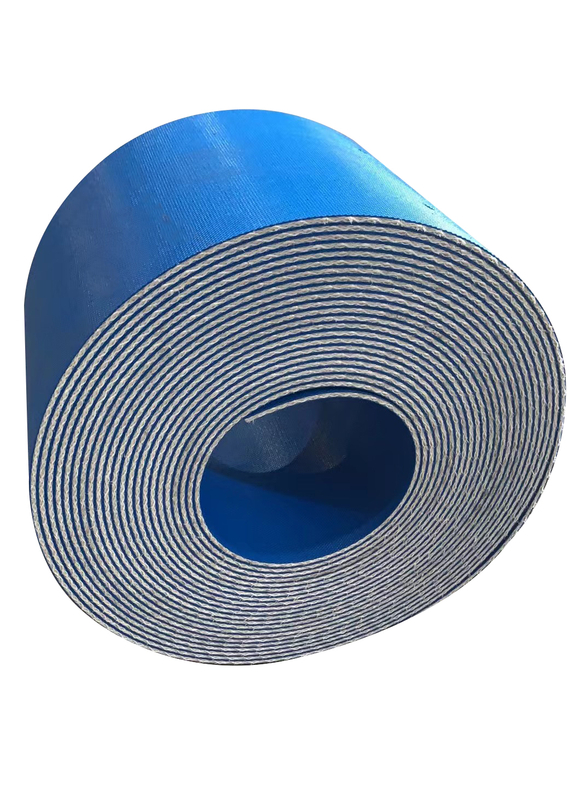
3.How do you determine the appropriate length and width of a rubber conveyor belt for a specific application?
1. Measure the distance between the pulleys: The first step in determining the appropriate length of a rubber conveyor belt is to measure the distance between the two pulleys that the belt will be running on. This distance will determine the overall length of the belt. 2. Consider the type of conveyor system: The type of conveyor system being used will also play a role in determining the appropriate length of the belt. For example, a flat belt conveyor will require a longer belt compared to an inclined or curved conveyor. 3. Calculate the belt speed: The speed at which the belt will be moving is an important factor in determining the appropriate length of the belt. This can be calculated by dividing the distance between the pulleys by the time it takes for the belt to make one complete revolution. 4. Determine the material being conveyed: The type and weight of the material being conveyed will also impact the length of the belt. Heavier materials will require a longer belt to prevent sagging and stretching. 5. Consider the tension and sag: The tension and sag of the belt will also affect the length needed. A higher tension will require a shorter belt, while a lower tension will require a longer belt. 6. Account for any additional factors: Other factors such as the type of drive system, the number of pulleys, and any special features of the conveyor system should also be taken into consideration when determining the appropriate length of the belt. 7. Determine the width of the belt: The width of the belt is determined by the size and shape of the material being conveyed. The belt should be wide enough to support the material without causing any spillage or damage. 8. Consider the belt material and construction: The type of material and construction of the belt will also impact the width needed. For example, a thicker and heavier belt may require a wider width to support the weight of the material. 9. Consult with a professional: If you are unsure about the appropriate length and width of the belt for your specific application, it is best to consult with a professional conveyor belt supplier. They will have the expertise and knowledge to recommend the best belt size for your needs.
4.Are there specialized rubber conveyor belts for specific industries, such as mining or agriculture?
Yes, there are specialized rubber conveyor belts designed for specific industries such as mining and agriculture. These belts are designed to withstand harsh environments and specific applications, such as high temperatures, heavy loads, and abrasive materials. They may also have features such as oil and chemical resistance, flame retardancy, and anti-static properties. Some examples of specialized rubber conveyor belts include: 1. Mining conveyor belts: These belts are designed to handle heavy loads and abrasive materials commonly found in mining operations. They may have reinforced carcasses and special covers to resist wear and tear. 2. Agricultural conveyor belts: These belts are designed for use in the agricultural industry, where they may be exposed to moisture, chemicals, and extreme temperatures. They may also have features such as oil resistance and anti-static properties. 3. Food-grade conveyor belts: These belts are used in the food industry, where hygiene and sanitation are critical. They are made from materials that are safe for food contact and may have features such as easy cleaning and resistance to bacteria growth. 4. Airport conveyor belts: These belts are used in airports to transport luggage and cargo. They are designed to withstand heavy loads and continuous use, and may have features such as flame retardancy and anti-static properties. 5. Package handling conveyor belts: These belts are used in warehouses and distribution centers to transport packages and parcels. They may have features such as low friction surfaces and high grip to ensure smooth and efficient movement of packages. Overall, specialized rubber conveyor belts are designed to meet the specific needs and challenges of different industries, making them an essential component in many industrial processes.
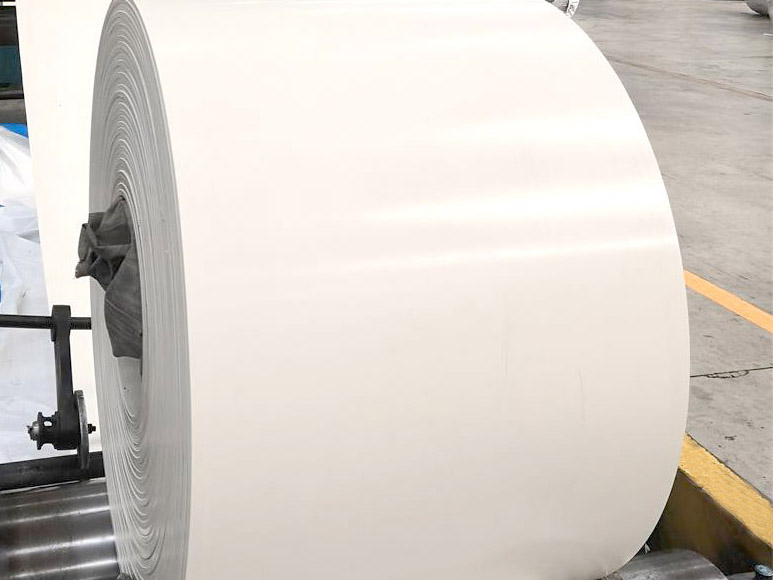
5.How does a rubber conveyor belt work?
A rubber conveyor belt is a continuous loop of material that rotates around two or more pulleys. The belt is typically made of rubber or a rubber-like material and is used to transport objects or materials from one place to another. The belt is supported by a series of rollers or idlers, which help to keep the belt in place and prevent it from sagging or slipping off the pulleys. The rollers are typically made of metal or plastic and are spaced evenly along the length of the conveyor. To operate the conveyor, a motor or other power source is used to rotate one of the pulleys, which in turn moves the belt. As the belt moves, it carries objects or materials along with it. The speed of the belt can be adjusted to control the rate at which objects are transported. At the end of the conveyor, there is usually a mechanism for unloading or transferring the objects or materials to another conveyor or to a different location. This can be a chute, a hopper, or a robotic arm, depending on the specific application. Rubber conveyor belts are commonly used in industries such as manufacturing, mining, agriculture, and transportation to move a wide variety of materials, including raw materials, finished products, and waste materials. They are durable, flexible, and can be customized to fit the specific needs of different applications.
6.Can rubber conveyor belts be used for curved or spiral conveyors?
Yes, rubber conveyor belts can be used for curved or spiral conveyors. However, the design and construction of the conveyor system must be carefully considered to ensure that the belt can handle the curvature and maintain proper tension. Specialized belts and pulleys may also be required for smooth operation. It is important to consult with a conveyor expert to determine the best solution for your specific application.
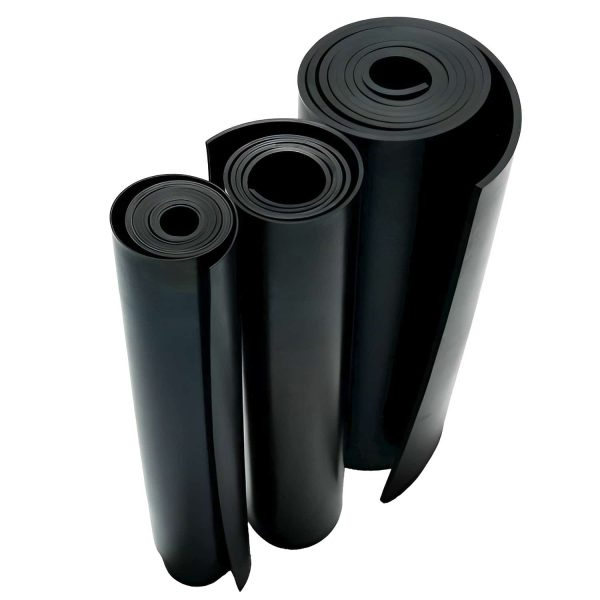
7.What is the expected lifespan of a rubber conveyor belt?
The expected lifespan of a rubber conveyor belt can vary depending on several factors such as the type of material being conveyed, the operating conditions, and the maintenance and care of the belt. On average, a rubber conveyor belt can last anywhere from 5 to 15 years. However, with proper maintenance and care, some belts can last up to 20 years or more. It is important to regularly inspect and maintain the belt to ensure its longevity and prevent premature wear and tear.

